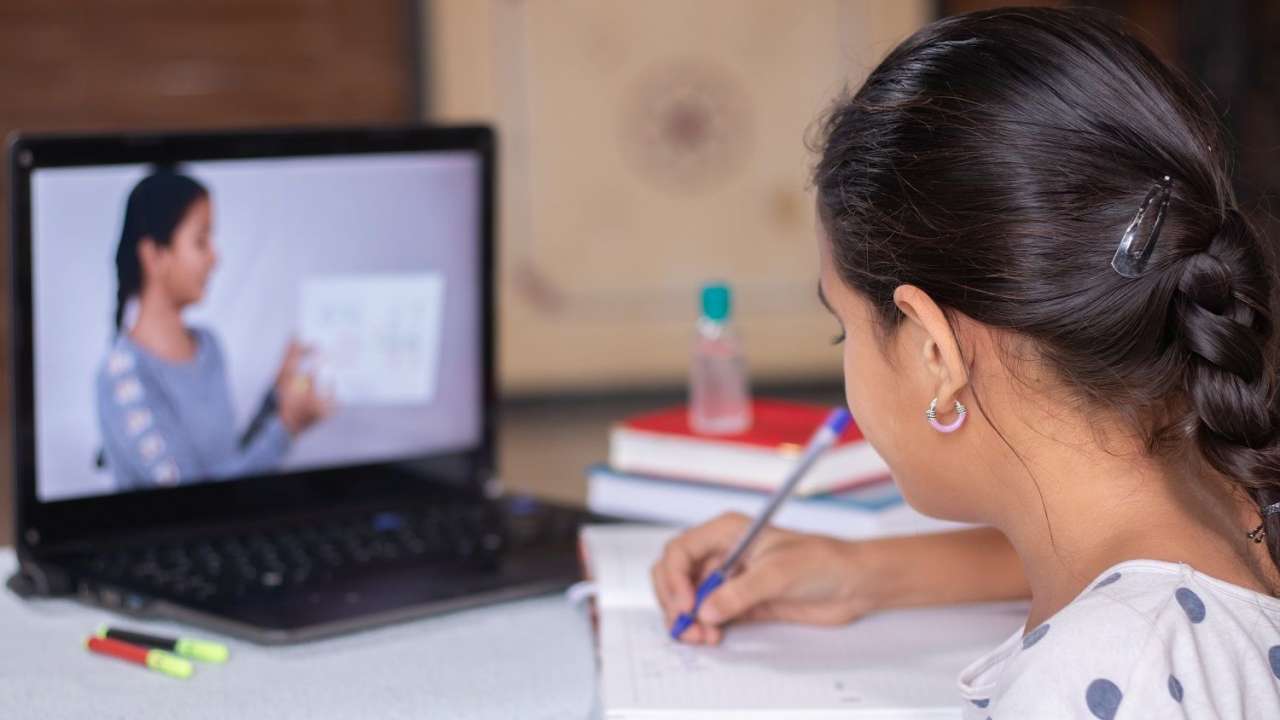
It is now common knowledge that the world faced unprecedented turmoil due to the COVID-19 pandemic. Every country, every sector, every family down to the last person felt the uncertainty that this pandemic brought on us.
It was no different for the schools as they were ordered to shut down. Not only did this mean a shut-down of regular day-to-day activities, but it also posed a huge problem for schools to make education accessible to their students.
What happened next was a quick transformation of physical classroom education to virtual online education. This transformation disrupted the lives of students and teachers alike.
The sudden up-gradation not only came with high costs but also challenged teachers to think innovatively to ensure that the virtual classrooms were engaging, effective in facilitating education and importantly ensure the all-round development of their students.
But how can teachers provide all of these without feeling overburdened? Teachers can overcome these challenges quite easily just by modifying their approach to the existing practices. Not only will these practices help to keep the classes engaging, but it will also surely break the monotony and boredom.
Prepare beforehand to engage students: Teachers are not necessarily new to this practice, however, when students are going to be in a virtual classroom setup, staring at the screen, their attention can be easily diverted.
It is, therefore, imperative to combine activity and learning. Unlike a physical classroom, where gadgets such as mobile phones and iPads are not allowed, virtual classrooms open up an opportunity for teachers to use technology such as Augmented Reality to support their teaching.
They can even use simple Bitmojis, and other GIFs to make their PPTs interactive. In a virtual classroom, the advantage is always that technology is accessible; it is a matter of making the best use of it.
Emotional connect over social distancing: Lockdown has dramatically impacted the physical bond that teachers and students share. A pat on the back, a handshake, a note in the school diary, etc. were meaningful gestures to ensure that students felt appreciated! This has now totally disappeared, and it affects the motivation of students. How then can this be eliminated?
Virtual hugs may not be the same, but they do, however, help in making students feel appreciated. Teachers can also use the feature on Zoom such as spotlight when students are speaking or answering questions.
This not only shows them that they are essential, but it also helps boost their confidence being in the spotlight. Another fun way of interacting with students can be adding positive adjectives such as cheerful, responsible, energetic etc to their names by using 'Manage participants' settings on Zoom.
These positive adjectives will help reinforce good behaviour among the students, thereby maintaining the emotional connect between students and teachers.
Ensure participation: Classroom education could easily facilitate participation. The same kind of involvement in an online classroom may be slightly tricky, and therefore, with a little bit of effort, this can be achieved too. Using a Spin-wheel or a Randomiser is a great way to keep the students engaged.
They are using simple hand gestures, emojis, to denote understanding. Quick quizzes, sharing exciting facts or rapid one-minute games can be incorporated into the class too.
Teachers can also plan to follow different themes for days such as Move it Monday, Time Together Tuesdays etc. These kinds of themes won't burden the parents or demand extra effort from teachers but will surely help keep the students excited.
Activities to keep the mind sharp: One of the most significant constraints of an online class is students spending too much time in front of the screens with a tiny break.
It makes matters worse if the classes get monotonous. Teaching has never been a one-way street; it is imperative that students need to be allowed to engage in quick physical activities so that they can feel active and fresh.
Younger students are always bubbling with energy, and so small games or short activities are a great way to expend that energy from time to time. Teachers can ask students to grab something in a particular colour or size quickly. These few minutes of break can keep students energised and attentive.
Let us face it. This has been hard for all of us - students, parents, and teachers. But education shouldn't have to be dreadful. Some of the smallest steps and gestures will go a long way in making online classes memorable experiences.
Who was to say that education in India will go through such rapid transformation at such short notice, but now that it has, making it a memorable experience requires minimal efforts from all of us. The schools rose to the challenge posed by the virus and ensured that delivering education was not disrupted. It is now important to keep the momentum going.
(The author is the principal of Orchids, the International School-Vikhroli)
Disclaimer: The views expressed above are the author's own and do not reflect those of DNA.